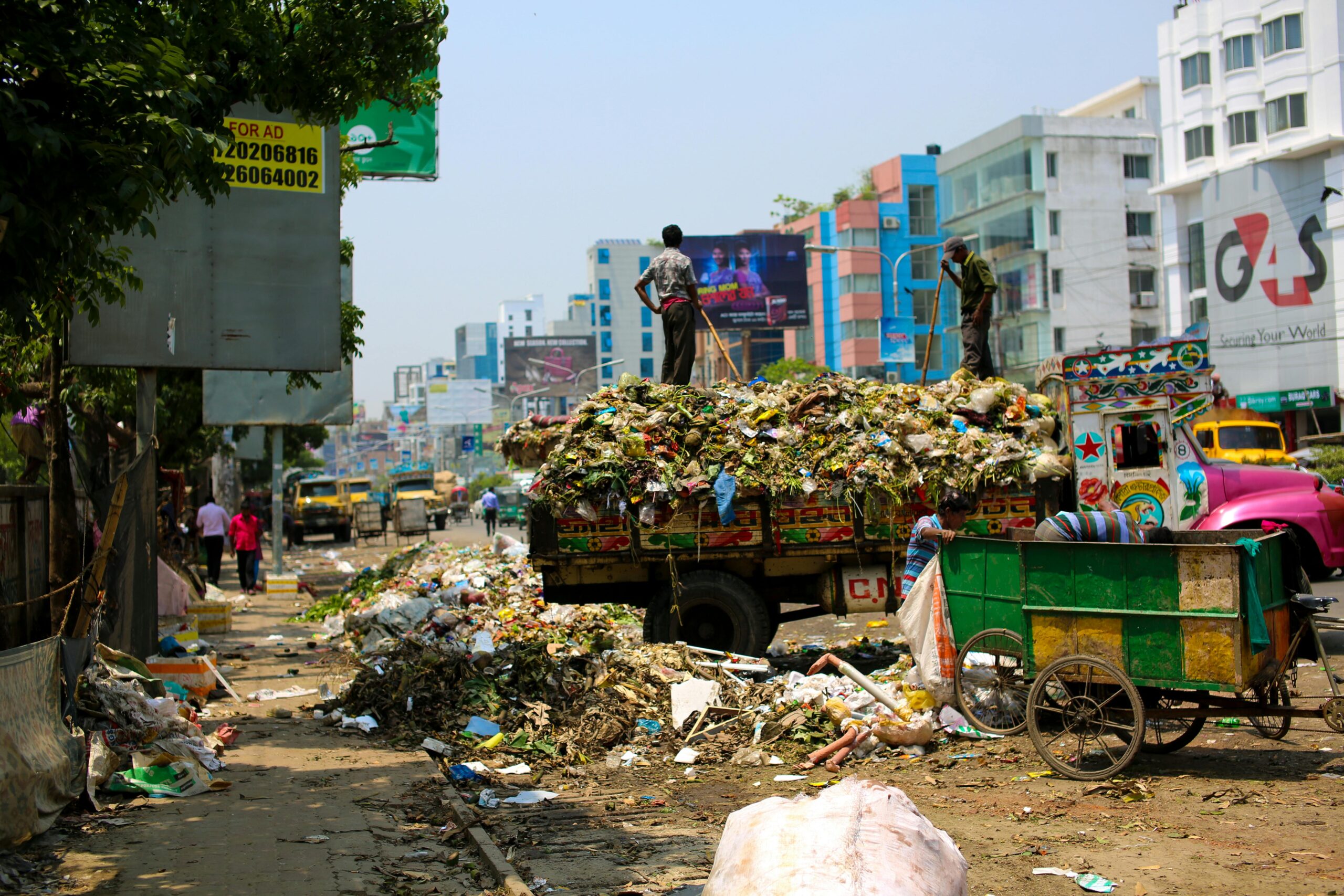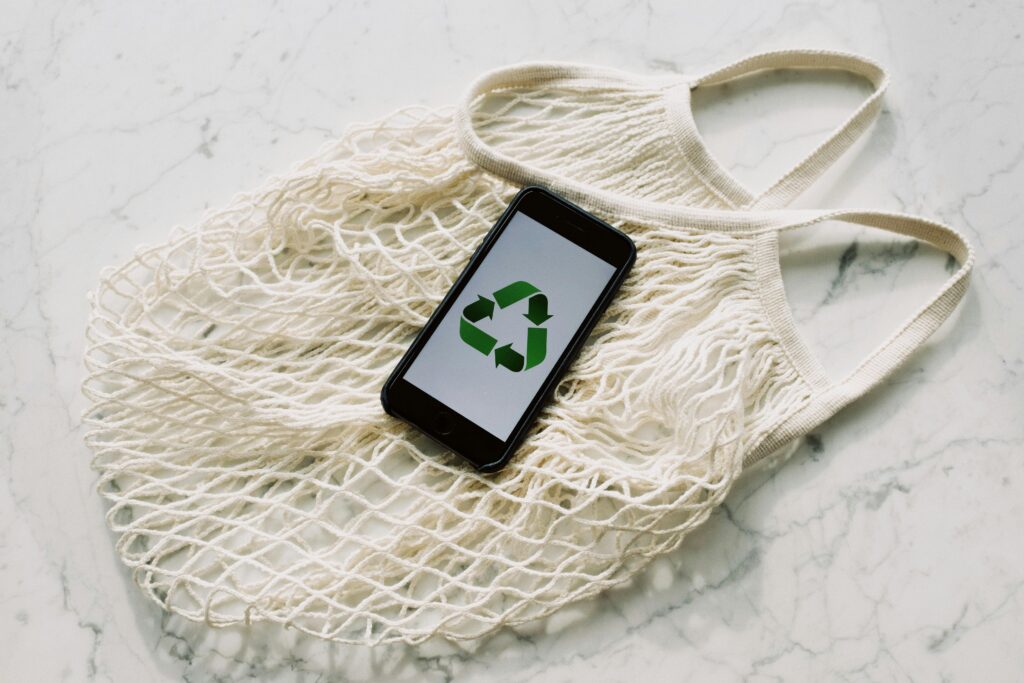
Waste Management – AI Powered Recycling Systems
Today We’re living in a fast-moving world where convenience often comes with a cost — and one of the biggest costs is waste and generally it’s produced by human and today we are staying with this waste and can we say it’s a habit of a every human and According to The Times of India The India ranks first in the world for plastic waste production. A study published in Nature found that India produces an estimated 9.3 million of plastic waste annually, which is about 20% of the global total. This places India ahead of other major waste producers like Nigeria and Indonesia. And this story is from 11th September 2024. Every day, millions garbage are thrown away globally, including plastics, paper, food scraps, metals, and electronics. Unfortunately, much of this waste ends up in landfills or the ocean, causing serious harm to the environment. While recycling was introduced as a solution to reduce this problem, traditional recycling systems are now struggling to keep up with the growing volume and complexity of waste.

Most of it still depends on people manually sorting through piles of trash, which takes a lot of time, costs money, and isn’t always accurate. Sometimes, recyclable items get mixed up with things that can’t be recycled, or they get dirty and can’t be used anymore. That means even good materials often end up in landfills by mistake. It’s clear that we need a better, smarter way to handle our waste — and that’s where technology can really help.
As we know The Artificial Intelligence (AI) comes in. In 2025, and now days the AI become very normal and now the Intelligent tools will no longer limited to self driven cars and only for mobile phones — it’s making a major impact in environmental technologies such as in Healthcare Sector (Read Our Blog On Healthcare) and for content creators, specially Trash management Using a combination of machine learning, computer vision, and robotics, AI-powered are smart waste solutions and it’s automatically identify, sort, and process waste materials with incredible accuracy and speed.
With AI, we are entering a new era of Garbage management — one that is cleaner, smarter, and far more sustainable. Across the world, cities and companies are starting to adopting these systems & tools with the motive of improve recycling rates and reduce the risk of environmental damage. It’s a promising step toward building a more eco-friendly future with AI Smart Tools.
In this blog, we’ll take a closer look at how AI-powered recycling systems work, what technologies they use, real-world examples, and the benefits and challenges of this exciting innovation in Waste control. Let’s explore how AI is turning trash into treasure — and helping to save our earth with more suitable way.
What Is AI-Powered Recycling?
The AI-Powered Recycling process refers to the procedure where the wastage is managed by technology, and as we know in the our country on of the big issue is to manage waste and if we will talk about the modern cities of India such as Delhi NCR, Mumbai, Bengaluru and Kolkata like cities is crushed with waste and by not having enough time to manage our waste the person’s becoming a habit to stay with trash and if we are talking about the rural area and these cities are included in Tier 3 which generally included in rural areas, so here we can see the dust and waste is very less as compare to other Tier 1 and 2 cities.
but a main thing is that we are living in 2025 and this is the modern time and today we are also see the Artificial intelligence is breaking all the records in technology field and if we are see for waste environmental management so the another great innovation is the rise of smart bins — these are special waste bins equipped with sensors and AI software. They can automatically detect whether you’re throwing in plastic, metal, or something else, and sort it accordingly. These bins are already being used in some smart cities and large buildings.
Key Technologies Behind Smart Waste Systems
Modern AI-powered recycling systems with advanced technologies working together to make Sustainable waste solutions faster, smarter, and more accurate. Here are the key technologies driving this change:
- 🔍 Computer Vision
- 🧠 Machine Learning
- 🤖 Robotics
- 📡 IoT Sensors (Internet of Things)
Real-World Examples
Companies like AMP Robotics and ZenRobotics are leading the way in AI waste tech. They are building smart systems used in recycling centers and cities around the world.
Benefits of AI-Driven Garbage management
As we already read above about that how AI is transforming waste control by making it faster and more efficient. One of the most noticeable innovation is the significant increase in rates in recycling. Since AI can accurately identify and sort the materials, more items are being properly recycled instead of mistakenly thrown away. This also leads to a major reduction in the amount of waste sent to landfills, helping to control environmental pollution.
Another major advantage is real-time data collection. AI systems can track the type and amount of waste being processed and provide instant insights to city planners and waste solutions teams. This helps them make smarter decisions about collection routes, bin placements, and future waste strategies.
AI also plays a big role in reducing contamination in recycling streams. Many items that could be recycled are often ruined by being mixed with non-recyclable or dirty materials. With AI detecting and removing those contaminants, the quality of recyclables improves, making them more useful and valuable.
The Artificial Intelligence driven systems offer long-term cost savings. Although the initial setup may be expensive, these systems reduce the need for manual labor, cut down errors, and improve efficiency in the process. In the end, cities and companies can save money while making their recycling programs more effective by the use of AI in waste control tools.
Real-World Use Cases (2025)
AI-powered waste solutions aren’t just ideas for the future — they’re already making a real difference around the world in 2025. In smart cities like San Francisco and Tokyo, special AI-based recycling bins are being placed in public spaces. These smart bins can recognize what kind of waste you throw in and sort it automatically. This helps keep things cleaner and boosts recycling rates without needing much human effort.
At a bigger level, large recycling centers are using powerful AI systems that can sort thousands of items every hour. With the help of robotic arms, smart cameras, and learning software, these systems work much faster and more accurately than people. It means less waste goes to landfills, and more gets reused or recycled the right way.
In India, startups like Recykal are doing amazing work by using AI to connect people who create waste with those who collect and recycle it. Their digital platforms help manage pickups, track where the waste goes, and make sure it ends up in the right place. It’s a great example.

Challenges and Limitations
| Inadequate Infrastructure |
| Limited Recycling Efficiency |
| Social Issues |
| Budget limitations |
| Environmental and Health Hazards |
Addressing the Limitations
To overcome these challenges, several strategies can be implemented:
- Investing in Infrastructure: Developing and upgrading waste management facilities, especially in underserved areas, can improve waste collection and processing.
- Enhancing Recycling Programs: Educating the public on proper waste segregation and investing in efficient recycling technologies can increase recycling rates.NextBillion.ai
- Securing Funding: Governments and private sectors can collaborate to fund waste management initiatives, ensuring sustainable practices are adopted.Hardy Lean Solutions
- Implementing Data Systems: Establishing waste tracking systems can provide valuable insights for decision-making and policy development.
- Promoting Social Equity: Ensuring that waste management facilities are equitably distributed and accessible to all communities can reduce environmental injustices.LARAC
Note – Addressing these challenges requires a concerted effort from governments, businesses, and communities to create sustainable and equitable waste management systems.
Conclusion
As we know at the time Artificial Intelligence is very powerful tool to do anything technically and come to the topic of Waste Management, so basically according to traditional waste managed techniques slow sorting, mistakes, and high costs. But with smart AI systems—like machines that can automatically sort waste and software that learns to improve over time—recycling is faster, more accurate, and more efficient. These AI Technologies are not only helping the organization of recycling, they are also save our planet. Better sorting means more materials can be reused instead of ending up in landfills. This helps save natural resources, reduce pollution, and lower harmful emissions. AI systems can also give useful information that helps cities and companies plan better ways to manage waste.
The AI-powered consume high cost at the time of startup but in the future’s long-term benefits, like cleaner cities and a healthier environment, make it worth the effort. As more people and businesses start using AI for recycling, we take a big step toward a future where waste is no longer a problem, but a valuable resource. Smart recycling isn’t just about machines—it’s about building a better, greener world.



